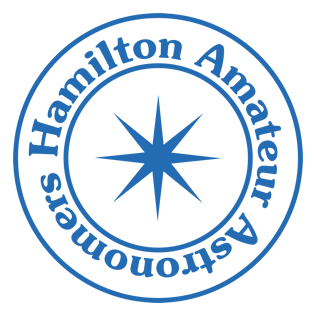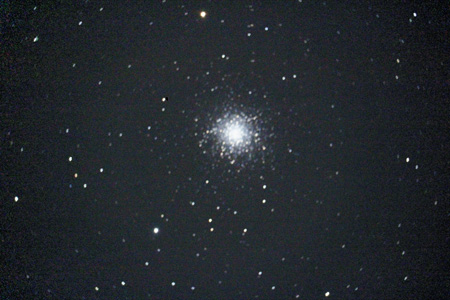Two of the most prominent astronomers of the 20th century passed away this week.
Alan Sandage was a cosmologist and assistant to Edwin Hubble. Hubble (after whom the Hubble Space Telescope is named) discoved that the universe is expanding. Sandage, an American, worked under him as a grad student and carried on his work after Hubble’s death in 1953. He went on to provide what was at the time the best, and oldest, estimates of the age of the universe. He also studied star and galaxy formation, discovered jets in M82 and created the first 3 dimensional model of the structure of the nearby galaxies.
And just yesterday Brian Marsden passed away. Marsden, originally from England but residing in the United States, ran the Minor Planet Center at Harvard for many years. An expert on asteroids and comets, his was the final word regarding the discovery of new solar system bodies. He also was director of the Central Bureau for Astronomical Telegrams for 30 years, where all initial reports of new astronomical discoveries were sent. First word of a new supernova, or comet often came from Marsden.
Learning about what’s out there is often enhanced by learning about how thngs are discovered and the stories of thier discoverers. Now would be a great time to read up on the work that these two great astonomers did.



